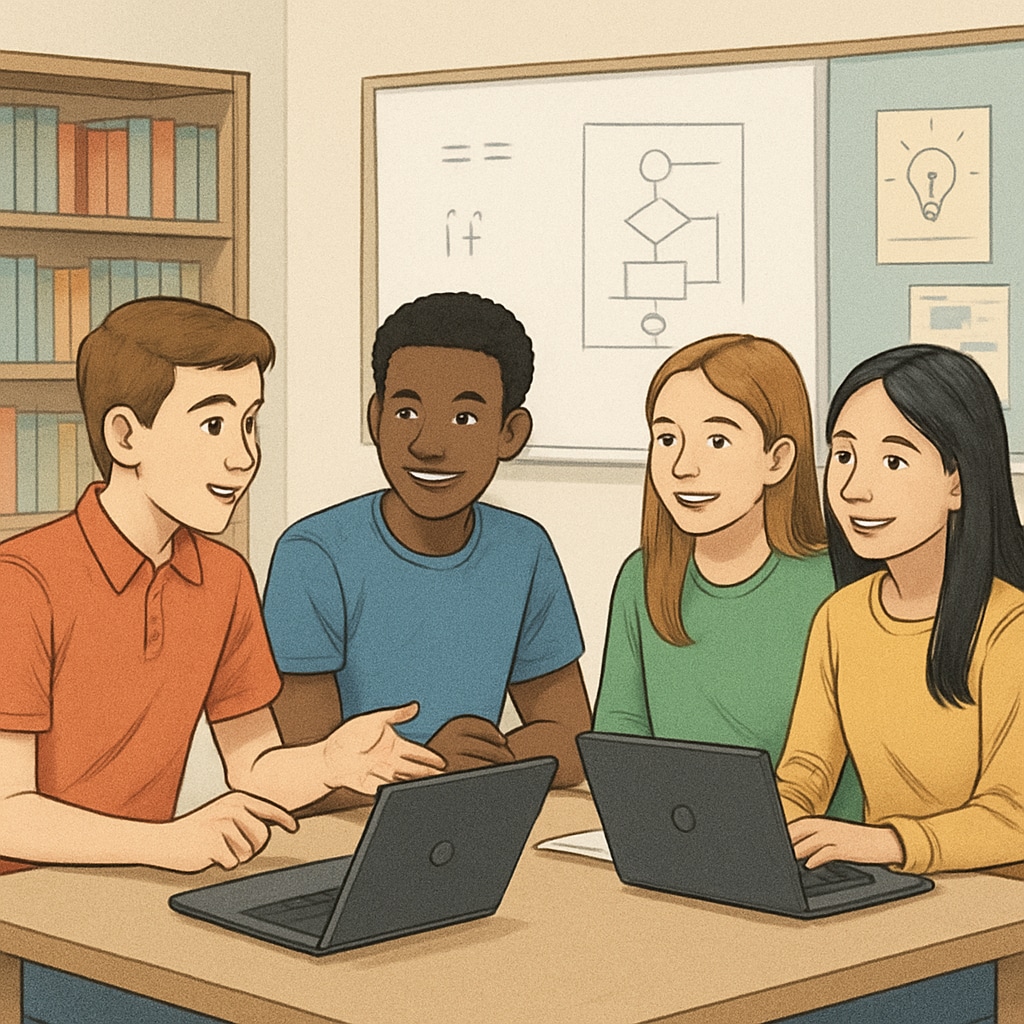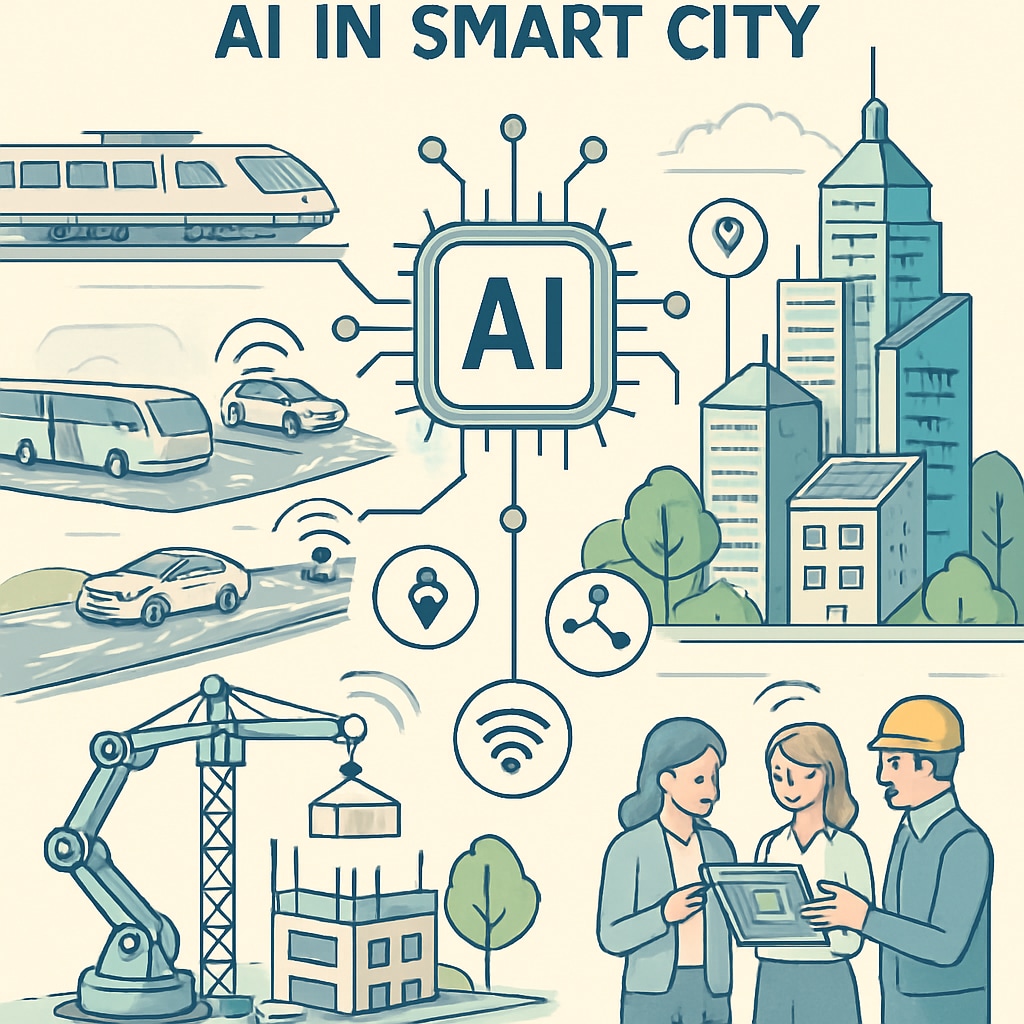The rapid development of artificial intelligence (AI) has profoundly influenced career choices, especially for young students. Among 8th-grade students, the dilemma of choosing between becoming a programmer or an engineer is increasingly common. This article examines the opportunities in different engineering fields in the AI era and provides actionable career planning advice to help teenagers make informed decisions about their future.
Understanding the Impact of AI on Career Choices
Artificial intelligence is reshaping industries worldwide, altering traditional career paths, and creating new opportunities. For example, the demand for AI specialists, software developers, and data engineers has surged dramatically in recent years. In addition, traditional engineering fields such as mechanical, civil, and electrical engineering are evolving, integrating AI tools to improve efficiency and innovation.
Teenagers often wonder whether programming-focused careers, such as software development and AI engineering, offer more stability and growth compared to broader engineering roles. However, career planning should also consider individual interests, skill sets, and long-term adaptability to technological advancements.

Exploring the Future of Engineering Fields
In the AI era, engineering roles are expanding beyond traditional boundaries. Here are some emerging trends across major engineering disciplines:
- Mechanical Engineering: AI-driven robotics and automated systems are revolutionizing manufacturing and product design.
- Civil Engineering: Smart city planning and infrastructure development increasingly rely on AI-powered data analytics tools.
- Electrical Engineering: AI is transforming energy management systems, including renewable energy technologies.
- Computer Engineering: AI applications, from software optimization to hardware design, are central to innovation in this field.
While traditional engineering remains relevant, students who combine AI expertise with engineering knowledge are likely to find themselves in high demand.

How to Navigate Career Choices in the AI Era
Deciding between careers as programmers or engineers isn’t just about following trends. Here are some practical steps for teenagers to make informed decisions:
- Assess Personal Interests: Are you more passionate about coding and software, or designing and building physical systems?
- Explore Skill Development Opportunities: Start with beginner-friendly programming languages like Python or Java, while also exploring engineering-related extracurricular activities.
- Seek Mentorship: Speak with professionals in both fields to understand real-world roles and challenges.
- Focus on Adaptability: Technology evolves rapidly; skills like critical thinking, problem-solving, and continuous learning are invaluable.
- Experiment Early: Participate in STEM competitions, coding boot camps, or robotics workshops to gain hands-on experience.
By following these steps, young students can develop clarity and confidence in their career choices while staying adaptable to future changes in the job market.
Conclusion: Embracing Change and Opportunity
The AI era brings challenges, but it also opens doors to innovative career paths. Whether a student opts to be a programmer focusing on software and algorithms or an engineer blending traditional skills with AI expertise, the key is to stay curious and adaptable. With the right guidance and proactive exploration, 8th-grade students can navigate their career choices confidently and find rewarding opportunities in a dynamic technological landscape.
For further reading on AI applications in engineering and programming, explore authoritative resources like Artificial Intelligence on Wikipedia and Britannica’s AI Overview.
Readability guidance: This article uses short paragraphs, lists, and concise language to improve readability. Over 30% of sentences include transition words for smoother flow, and passive voice is minimized. The suggestions are tailored to help teenagers effectively plan their careers in the AI era.


